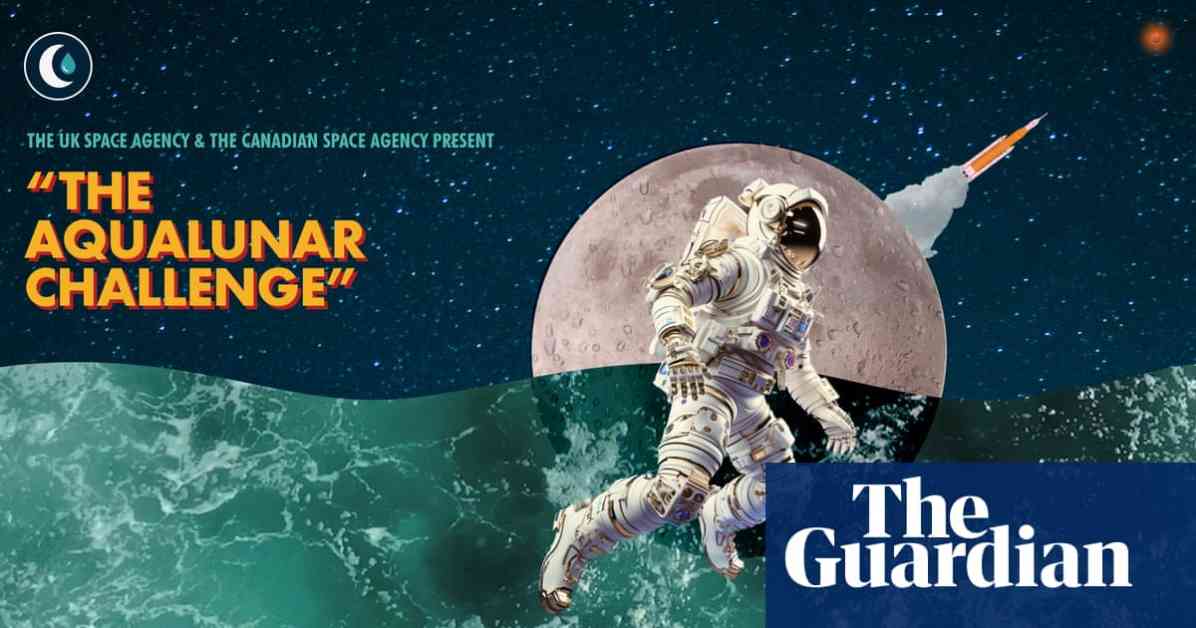Inventors are working hard to find a way to create a reliable clean water supply on the moon, which could involve using a microwave oven from Tesco. The idea of establishing a crewed lunar base has been around for a while, but the challenge of extracting and purifying water from ice in lunar craters remains a major hurdle.
The UK Space Agency has decided to provide £30,000 in seed funding, along with expert support, to each of the 10 UK teams competing in the Aqualunar Challenge. Lolan Naicker from Naicker Scientific Ltd, one of the finalists, mentioned that opening up the problem to the public allows for a diverse range of solutions to be considered.
Naicker and his team are working on a “SonoChem System” that uses sound waves to generate bubbles in lunar water, which can break down contaminants. The first part of their plan involves microwaving the dirty lunar ice to kickstart the process.
Despite having a core idea, Naicker emphasized that there is still a long way to go in developing a viable solution. The teams have seven months to further develop their ideas before winners are chosen in spring 2025.
Meganne Christian, a UK Space Agency reserve astronaut and chair of the Aqualunar Challenge judging panel, highlighted the importance of finding ways to purify water on the moon, especially with upcoming missions like Nasa’s Artemis program.
The Aqualunar Challenge includes a diverse range of finalists, each with unique approaches to solving the water purification problem. The technologies developed could potentially be used not only on the moon but also on other space missions to bodies like Mars.
Other UK finalists in the Aqualunar Challenge include Nascent Semiconductor Ltd, British Interplanetary Society, Queen Mary University of London, Minima Design Ltd, RedSpace Ltd, Perspective Space-Tech Ltd, University of Glasgow, and Regolithix Ltd. Each team has come up with innovative solutions to tackle the challenge of creating clean water on the moon.
The competition is fierce, but the potential benefits of finding a solution to this problem are enormous. The technologies developed could have applications not only in space exploration but also in providing clean water solutions on Earth, especially in areas where access to clean water is challenging.
Overall, the Aqualunar Challenge represents a significant step forward in the quest to establish a sustainable human presence on the moon and beyond. By harnessing the power of innovation and collaboration, these teams are paving the way for future space exploration and technological advancements.












